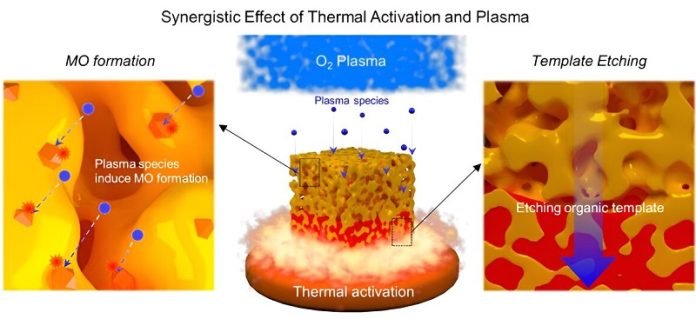
Imagine being able to wrap your smartphone around your arm like a bracelet or wearing clothes that power up your devices just by having them on.
This idea might sound like it’s from a science fiction movie, but it’s getting closer to reality, thanks to some groundbreaking work by scientists led by Professor Jin Kon Kim and his team.
Their latest research, published in the journal Advanced Materials, is making waves in the tech world.
At the heart of this innovation are tiny structures called Mesoporous Metal Oxides (MMOs).
These materials have super small pores, not bigger than a few dozen atoms, making them extremely good at storing energy.
Because they have a lot of surface area, they can be used in a lot of cool ways, like making batteries that last longer, helping in chemical reactions, or even in electronics and sensors.
But there was a big problem: these MMOs couldn’t be put onto flexible materials, the kind you’d need for wearable tech, without damaging the material at the high temperatures (350°C or above) needed to make them.
The big breakthrough came when the team figured out how to make these MMOs at much cooler temperatures, between 150°C to 200°C, by using a special combination of heat and a kind of gas called plasma.
This method lets them put MMOs onto flexible materials that can be bent and twisted thousands of times without breaking down.
They worked with materials like vanadium oxide and others, known for their ability to store lots of energy.
Professor Kim is excited about what this means for the future of gadgets. He says this could lead to electronics that are not just bendable but also better suited to our lives.
Imagine charging your phone just by walking with it in your pocket, or electronics that can take any shape or form you need.
This isn’t just a step forward in making cooler gadgets; it’s a leap towards a future where technology blends seamlessly with our daily lives.



